Damyang Apzip (담양앞집)
14.2Km 2024-12-26
전라남도 담양군 담양읍 죽향문화로 22
This restaurant is famous for serving Damyang tteokgalbi (Grilled Galbi Patties), served alongside noodles. They use local produce and focus on enhancing the ingredients’ natural flavors. When you order tteokgalbi here, it’s presented on a large plate with a salad, much like a Western-style brunch. Their housemade noodles, crafted from a blend of buckwheat and Damyang bamboo leaves, are also a standout.
Geumseongsanseong Fortress (담양 금성산성)
14.2Km 2025-01-13
Dorim-ri, Damyang-gun, Jeollanam-do
+82-61-380-2812
Geumseongsanseong Fortress in Geumseongsan Mountain (603m) forms a boundary
between two small villages located on the border of two provinces (Geumseong-myeon,
Damyang-gun, Jeollanam-do and Sunchang-gun, Jeollabuk-do) and is one of the
three popular mountains of the Honam region (the Southwestern region of Korea
that includes Jeollanam-do and Jeollabuk-do). The fortress is surrounded by
two walls connecting Cheolmabong Peak, Undaebong Peak, and Jangdaebong Peak.
The total length of the outer wall is 6.486 meters and inner wall is 859 meters.
Historians are uncertain about the year the fortress was built, and
have concluded that it dates back to the Three Kingdoms Period (57 BC – 676 AD) based on an examination of the ruins and remains discovered in the surrounding
area. The fortress was reconstructed in 1409 and repaired in 1610 after the
Imjin War (1592-1598). Following that, it continued to develop into a strong
military base.
- Classification: Historic Site No. 353
- Date of Designation: August 24, 1991
- Owner: Park Jinseong and 85 persons
- Age: Three States Era
- Site Area: 1,349,977㎡
- Kind of Cultural Properties: Castle Site
Gochang Munsusa Temple (문수사 (고창))
14.2Km 2024-04-07
135, Chilseong-gil, Gochang-gun, Jeonbuk-do
+82-63-562-0502
Nestled on the slope of Munsusan Mountain (alt. 621 m) in Gochang, Jeollabuk-do and Jangseong, Jeollanam-do, Munsusa Temple is located in the area of a dense mountain ridge to the west of Gosu Kiln Site in Gosu-myeon, and Josan Reservoir. The ridge features clean water and a thick forest that has remained uncontaminated due to its isolated location.
The temple's establishment date is uncertain. The temple houses Daeungjeon Hall (Local Tangible Cultural Heritage No. 51) and Munsujeon Hall (Local Tangible Heritage No. 52), as well as Myeongbujeon and Hansanjeon Halls. Daeungjeon is a small building featuring the unique architecture of gable roofing. Visitors will be fascinated by the temple's scenery, boasting valley waters flowing from dense forests. It is particularly beautiful in fall, when the autumn foliage harmonizes well with the colors of the old temple. The temple grounds are surrounded by a colony of maple trees 100 to 400 years old.
The Forest of Maple Trees at Munsusa Temple, Gochang, was designated in 2005 as Natural Monument No. 463. It covers the area from the entrance of Munsusan Mountain to the entrance of Munsusa Temple with nearly 500 maple trees lining the 80 meter-long path.
Damyang Meta Provence (담양 메타프로방스)
14.5Km 2023-01-17
2-17, Gipeunsil-gil, Damyang-gun, Jeollanam-do
+82-61-383-1710
Meta Provence is a tourist complex located in Damyang, Jeollanam-do, which attracts approximately 5 million tourists a year, and is located right next to Damyang Metasequoia-lined Road, once selected as one of Korea’s most beautiful tree-lined roads. It has an atmosphere just like that of the French city of Provence, a famous vacation destination. Meta Provence consists of fashion streets, design handicraft workshops, commercial spaces, banquet halls and many other open spaces where culture, art and business coexist to provide great experiences for not only individual tourists but also families and groups, and, through diverse and differentiated high-quality services, it strives to provide special memories and new experiences to all visitors.
Damyang Metasequoia-lined Road (담양 메타세쿼이아길)
14.6Km 2025-01-09
12, Metasequoia-ro, Damyang-gun, Jeollanam-do
+82-61-380-3149
Damyang Metasequoia-lined Road is one of Korea's most beautiful paths. Metasequoia trees were planted along the street in the early 1970s by the Ministry of Internal Affairs after National Road 24 was rebuilt. At that time, the saplings were only 3 to 4 years old and their branches stretched sparsely out into the sky; now, the trees have grown so high that they seem to block out the sun. Thanks to these stately trees, in 2002 the Korea Forest Service selected the boulevard as one of the most beautiful roads in Korea. The 8.5-kilometer-long boulevard is one of the most popular driving routes in Korea, especially during summer when the trees’ lush green leaves are at their x_height of beauty.
Deokinkwan (덕인관)
14.6Km 2024-12-26
전라남도 담양군 담양읍 죽향대로 1121
061-381-7881
Originally opened in 1963 under the name ‘Deokin Eumsikjeom,’ this establishment boasts over 60 years of history. It is run by Park Gyu-wan, a designated Korean Food Grand Master No. 82, specializing in meat (grilled galbi). Initially, the restaurant served Korean table d’hote focused on galbi, but it has since evolved into a tteokgalbi specialty restaurant. The restaurant uses Korean cow beef ribs marinated in the master’s secret sauce.
Sunchang Gangcheonsa Temple (강천사 (순창))
15.5Km 2024-04-07
270, Gangcheonsan-gil, Sunchang-gun, Jeonbuk-do
+82-63-652-5420
Located approximately 1.8 kilometers from the entrance of Gangcheonsan County Park, Gangcheonsa Temple was built by Monk Doseon during the first year of Queen Jinseong of Silla (AD 887). In the third year of King Chungsuk of Goryeo (1316), the temple saw the addition of a five-story stone pagoda, built by Monk Deokhyeon. At its peak, the temple was said to have had 12 hermitages and housed 1,000 monks. It was burned down during the Imjin War (1592-1598), leaving only the pagoda, but was rebuilt a few years later by Monk Soyo during the 37th year of King Seonjo (1604). Unfortunately, the temple was burned down again in the Korean War, but was once again restored to its original state in 1959.
Cultural assets found at the temple include Stone Guardian Post of Chungsin-ri & Namgye-ri, Sunchang Guesthouse, and the Three-story Stone Pagoda of Sunhwa-ri. Nearby tourist attractions include Geumseongsanseong Fortress, Yongsopokpo Falls, Gangcheonho Lake, Damyangho Lake, Chuwolsan Mountain, Huimunsan Mountain, and Naejangsan National Park.
Jeongeupsa Culture Park (정읍사문화공원)
15.6Km 2024-04-07
Sigi-dong, Jeongeup-si, Jeonbuk-do
+82-63-539-6776
Jeongeupsa Culture Park (located in Sigi 3-dong in downtown Jeongeup-si) was built in honor of ‘Jeongeupsa’ a famous Baekje Gayo (a type of poem from the Baekje dynasty). Jeongeupsa is the only poem of the five Baekje Gayos (Jeongeupsa, Mudeungsangok, Bangdeungsangok, Seonunsangok, and Jirisangok) recorded in Hangeul that remains in existence today.
The park, built on the location where the epic poem took place, boasts a 2.5-meter high granite statue of the heroine of Jeongeupsa. Nearby the statue are a shrine and a 2-meter wide monument commemorating the poem. Located in the vicinity are the Jeongeupsa Art Center, the Korean Classical Music Center, the city library, and an outdoor stage.
Gochang-eup Sunghanok Village (고창읍성한옥마을)
15.8Km 2024-08-05
128 , Dongni-ro, Gochang-gun, Jeonbuk-do
+82-63-563-9977
Gochangeupseong Hanok Village is a group of houses once attached to the government office inside the ancient Gochangeupseong Fortress, Gochang-gun, Jeollabuk-do. It consists of seven tile-roofed houses containing 11 comfortable guest rooms with wooden floors, equipped with toilet and AC. There is a yard, and visitors can walk a trail to Gochangeupseong Fortress and ponder the impressive 500 year-old walls. There is a pottery and an embroidery experience center, and Yangpyeong Military Art Museum, Gochang Pansori Museum, and Seonun Golf Course are all nearby. Visitors can use the village’s large parking lot.
Myeonangjeong Pavilion (면앙정)
15.8Km 2025-01-09
382-11 Myeonangjeong-ro, Damyang-gun, Jeollanam-do
+82-61-380-2811
Myeonangjeong Pavilion is located on the slopes of Jebongsan Mountain in Damyang-gun. The pavilion was constructed in 1533 by Song Sun (1493-1583), who built it as a place for writing poems. After its construction, the pavilion served as a meeting place for scholars and intellectuals and was even frequented by Lee Hwang (1501-1570), a representative Confucian scholar who is pictured on the 1,000 won bill.
The roof of Myeonangjeong Pavilion was originally made of reeds, straw, grass and other materials which could not withstand the elements. After several repairs, the building was developed into the wooden structure that it is today.
From the back of the pavilion, you can see the mountain range and open wide fields; renowned scholars’ poems are engraved on the wooden panels that decorate the pavilion walls.
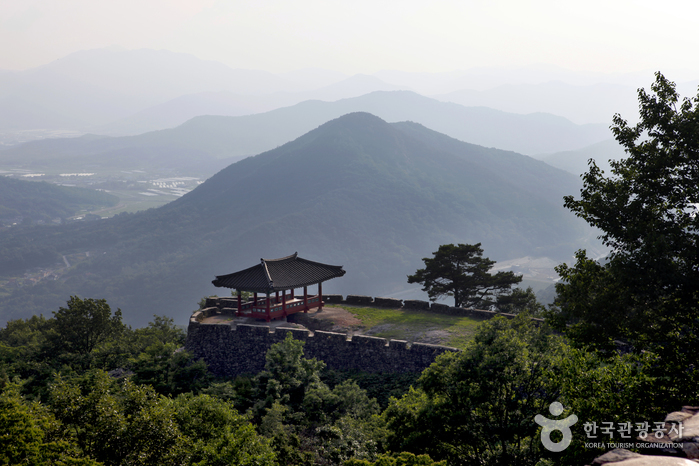

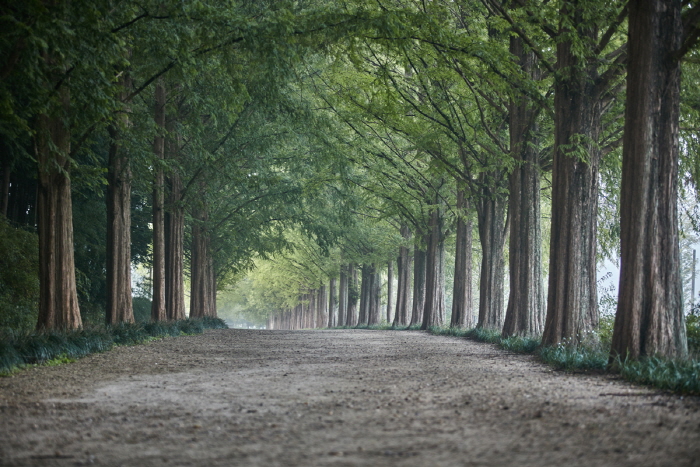
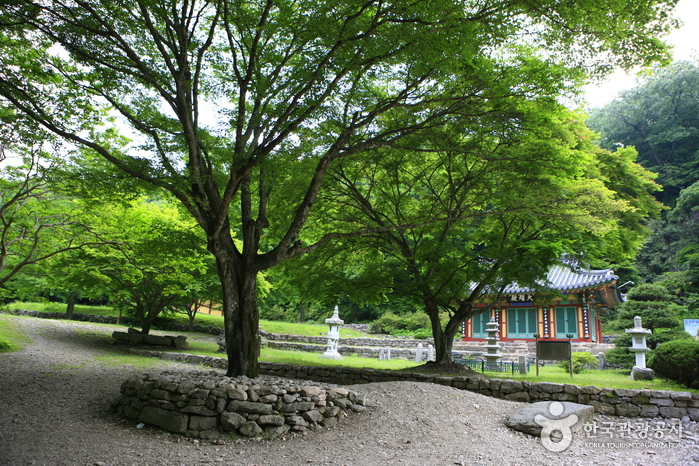
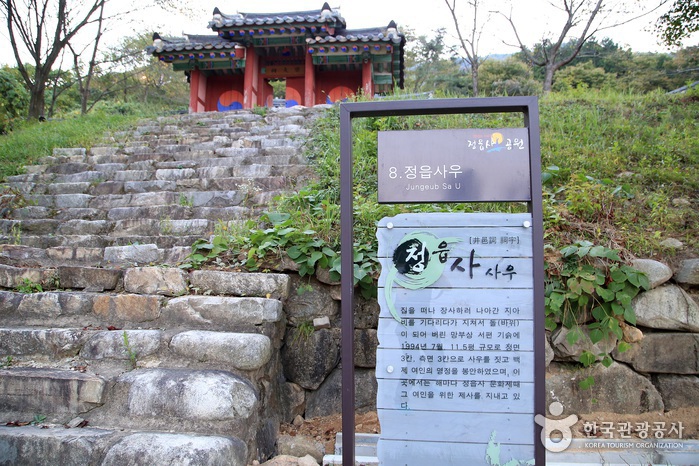
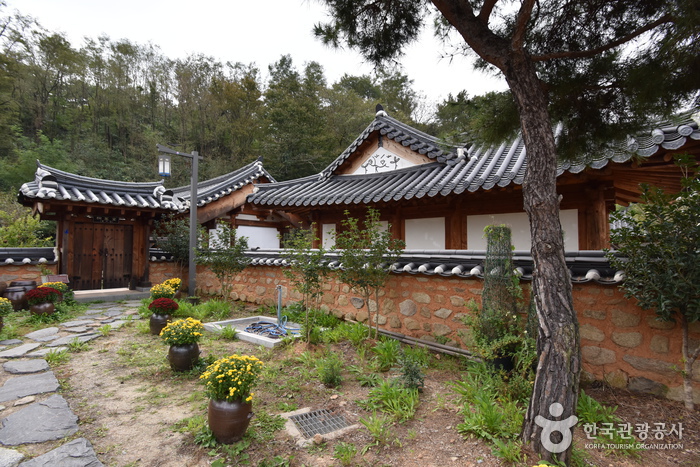
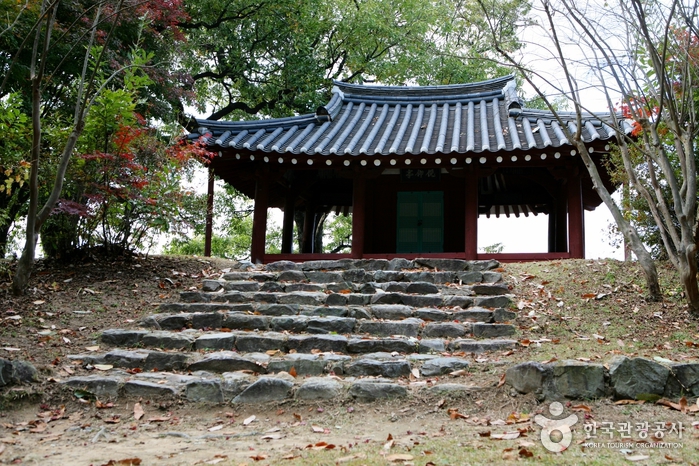
 English
English
 한국어
한국어 日本語
日本語 中文(简体)
中文(简体) Deutsch
Deutsch Français
Français Español
Español Русский
Русский